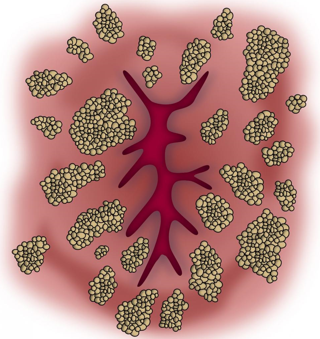What is Anal Warts?

Anal Warts (condyloma acuminata) are caused by the human papillomavirus (HPV), the most common sexually transmitted disease (STD). Warts affect the area around and inside the anus but may also develop on the skin of the genital area. They first appear as tiny spots or growths, often as small as a pinhead. They can grow quite large and cover the entire anal area.
Causes of Anal Warts
Sexual intercourse is a common way to get infected with HPV. However, a person can become infected with HPV without having sexual intercourse. Any direct contact to the anal area (e.g. hand contact, fluids from an infected sexual partner) can cause HPV and anal or genital warts.
Symptoms of Anal Warts
Warts are usually painless, so people may not realize they have them. The primary symptom is soft, moist bumps near or in the anus that are light brown or flesh-colored. Additional symptoms may include:
- Itching
- Bleeding
- Mucus discharge
- Feeling like there is a lump in the anal area
Treatment of Anal Warts
If Warts are not removed, they can grow larger and multiply. Left untreated, warts may lead to an increased risk of anal cancer in the affected area. Internal anal warts may not respond to topical medications, so surgery may be required. Treatment options include:
Topical medication:
- Topical creams usually work best if the warts are very small and located only on the skin around the anus.
- Topical medications to freeze the warts
- Topical medications to burn the warts
Surgery:
When the warts are either too large for the above-mentioned treatments or are internal, surgery is considered. During surgery, the warts are surgically removed. The patient will be anesthetized for the procedure. The type of anesthesia depends on the number and exact location of the warts being removed. When there are many warts, your surgeon may perform the surgery in stages. An internal examination will also be performed so that any lesions on the inside can also be found and treated.
After your treatment, the nurse will go over few instructions and you will be given a prescription for few medications and an appointment for a postoperative checkup few days later.

